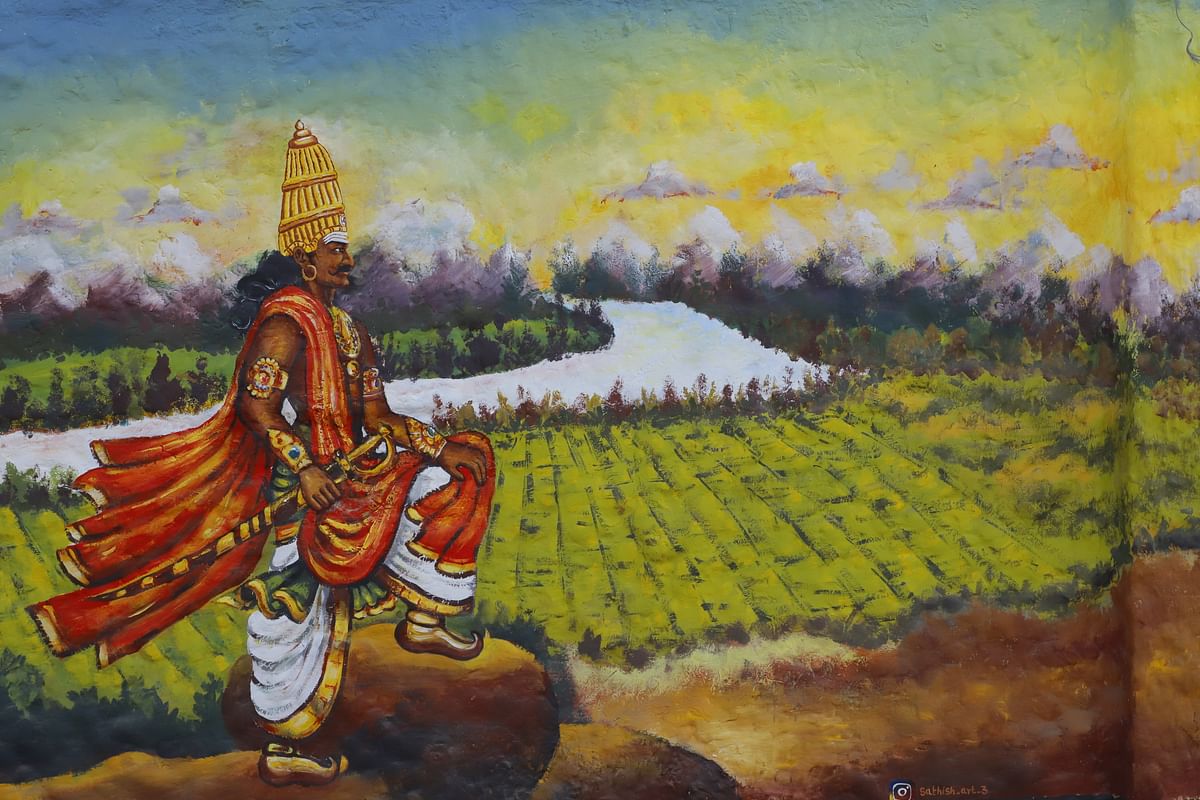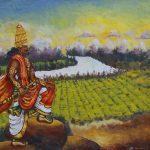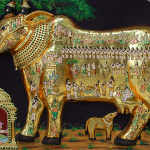

Paintings

This is an art found in both Tamil Nadu and Karnataka with a shared origin in the traditional art practiced by artists of Thanjavur. The paintings are made on canvas pasted on wooden planks and embellished using beaten gold leaf and on occasion semi-precious stones.
The origins of this art date back to the temple wall paintings of the Chola dynasty of the 11th century. The development of the art however, took place under the Nayaks under the suzerainity of the Vijayanagar empire. The Thanjavur Nayaks were great patrons of art and music, and it was this patronage that saw artists from nearby kingdoms settling down in Madurai and Thanjavur. It is this Thanjavur school of artists that gave rise to the current style of Tanjore paintings under the Marathas.
The Marathas, being patrons of art themselves, encouraged the artists of Thanjavur. Mixing the native art style of region with the Maratha style finally gave rise to the modern Tanjore style.
This school of art is very inspired by European schools of art and has a vivid palette of colours like red, turquoise, deep green, white with gold leaf and glass beads for embellishment. Unlike other Indian styles of painting, these are large in size and can have a variety of subjects with very simple compositions.
In earlier times artist only used colours derived from natural sources but nowadays they use chemical based colours as well.


